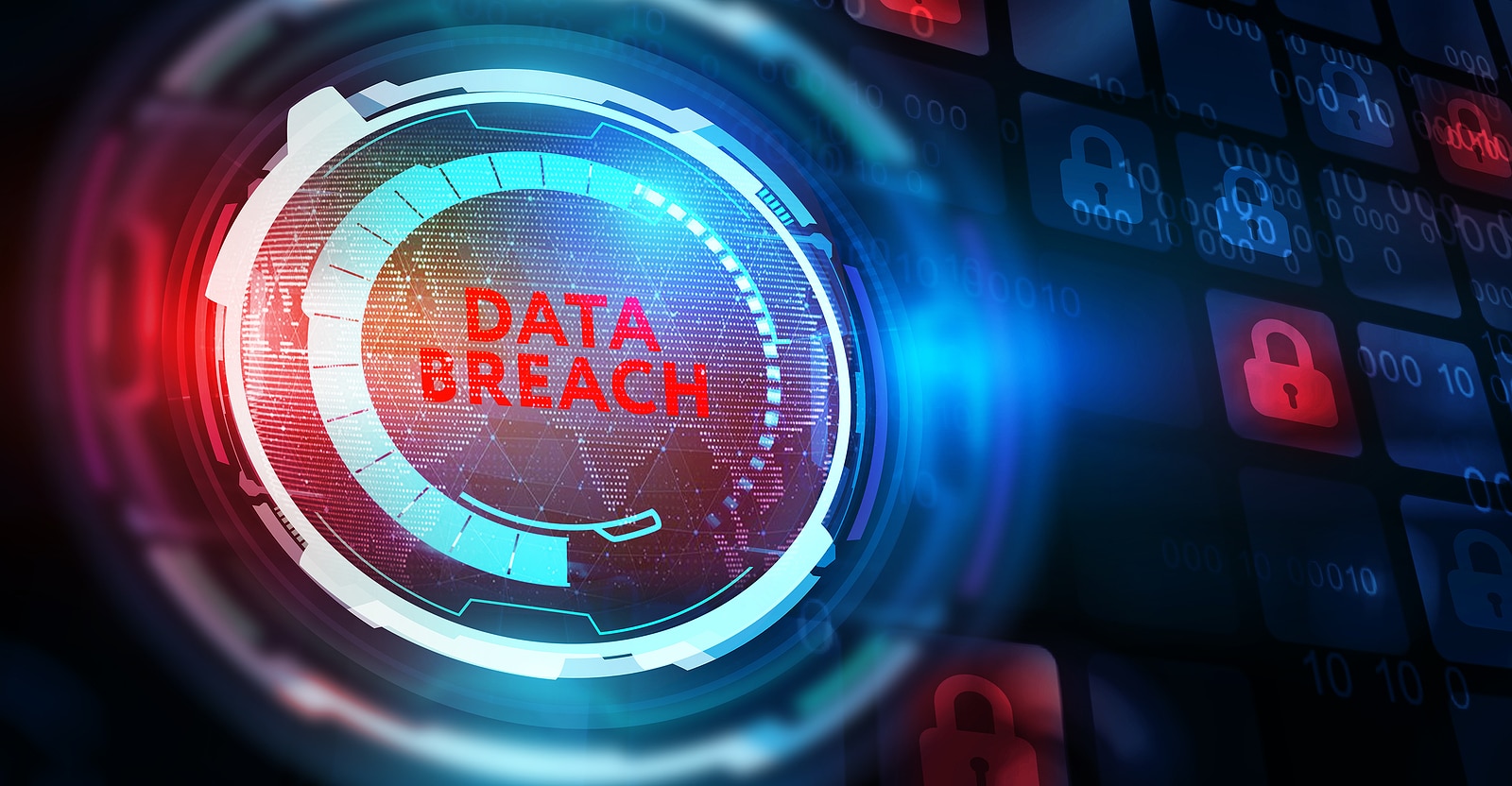How to Integrate Data Destruction Techniques into Your Cyber Security Strategy
Wiki Article
The Vital Nature of Data Damage in Upholding Computer Protection Solutions and Protecting Versus Unauthorized Gain Access To
In an age where data breaches and identification burglary are progressively common, the relevance of effective information damage can not be overstated. Organizations has to acknowledge that the failure to correctly deal with delicate information positions not only legal and economic threats however likewise a potential erosion of customer trust fund. Different techniques, from data wiping to physical destruction, function as important safeguards versus unauthorized accessibility. Comprehending the implications of information destruction techniques and conformity with guidelines elevates necessary questions concerning the adequacy of existing methods and their long-lasting stability in the face of advancing dangers.Value of Information Destruction
In a progressively electronic globe, the importance of data devastation can not be overemphasized. As organizations accumulate huge quantities of sensitive information, the potential repercussions of stopping working to effectively manage and dispose of that information become increasingly serious. Information breaches, identity burglary, and business espionage present substantial threats, underscoring the requirement of efficient data devastation methods.
Moreover, as innovation evolves, so as well do the approaches by which harmful stars seek to make use of delicate details. Organizations should stay watchful and positive in their data devastation strategies to protect versus these advancing threats. By prioritizing information damage, companies not just shield their assets however also foster trust amongst clients and stakeholders, demonstrating a dedication to liable data management and safety practices.
Approaches of Effective Data Devastation
To make certain the complete and permanent devastation of delicate information, companies can employ a selection of effective methods tailored to their specific needs. One of the most common techniques is information cleaning, which entails making use of specialized software application to overwrite existing information several times, making healing practically difficult. This is especially valuable for hard disks and solid-state drives, where traditional removal methods are insufficient.One more efficient approach is degaussing, which makes use of solid magnetic areas to interrupt the magnetic domains on storage space media, making the data irretrievable. This method is particularly matched for magnetic storage space tools, such as tape drives and hard drives.
Physical devastation is likewise a feasible option, involving the shredding, squashing, or incineration of storage devices. This technique guarantees that data can not be recovered, making it perfect for companies handling very sensitive information.

Conformity With Information Defense Regulations
Organizations need to not just focus on effective information destruction methods however additionally ensure compliance with data security guidelines that govern how delicate information is taken care of and dealt with. Sticking to these laws is essential for protecting personal data and preserving client depend on. Rules such as the General Information Defense Law (GDPR) in the European Union and the Health Insurance Portability and Accountability Act (HIPAA) in the United States impose strict guidelines on information monitoring, that include demands for the protected disposal of sensitive information.To achieve conformity, companies have to apply detailed information damage policies that straighten with Visit Website these legal frameworks. This includes recognizing information that requires destruction, developing methods for safe and secure methodsâEUR" such as shredding physical media or making use of software application that meets industry criteria for data wipingâEUR" and maintaining thorough records of destruction tasks. Routine audits should be performed to make sure adherence to these plans and to determine any kind of prospective areas for improvement.
Failure to conform with data protection regulations can bring about considerable lawful implications, including large fines and damages to an organization's online reputation. Incorporating compliance right into information damage techniques is not only a legal commitment but likewise a critical element of a durable information protection technique.
Effects of Poor Data Handling
Poor data handling can lead to serious effects that prolong past instant functional setbacks. Organizations might deal with significant financial losses as a result of data breaches, which frequently lead to costly removal initiatives, legal fees, and regulatory fines. These financial implications can impede and strain resources growth, eventually impacting a company's profits.
In addition, poor data handling can significantly harm a company's online reputation. Companions, customers, and stakeholders might lose rely on an entity that falls short to secure delicate details, leading to decreased customer loyalty and prospective loss of company chances. This disintegration of trust can take years to rebuild, if it can be restored in all.
In addition, companies might face lawful implications developing from non-compliance with data protection regulations. Such violations may cause penalties and investigations, compounding the financial burden and additional tainting the company's photo.
In the world of cybersecurity, insufficient information administration techniques can produce vulnerabilities that make systems extra vulnerable to unauthorized accessibility and cyberattacks. Inevitably, these repercussions underscore the crucial importance of carrying out durable data taking care of procedures to guard sensitive information and keep organizational integrity.
Ideal Practices for Secure Information Disposal


Firstly, data must be identified according to investigate this site its sensitivity. Delicate details requires much more strenuous disposal approaches, such as shredding physical documents and using sophisticated software program for electronic data wiping. Utilizing certified information damage solutions ensures compliance with industry policies and standards.
Secondly, organizations should implement a data disposal plan that mandates routine audits. This policy ought to describe the procedures for data retention and devastation, ensuring that out-of-date information is dealt with quickly and securely. Educating staff members on these procedures is vital to promoting a society of safety and security understanding.
Lastly, maintaining detailed documents of disposed information improves accountability and provides a clear audit route. This documents needs to consist of the type of data damaged, the technique used, and the day of disposal.
Final Thought
Embracing durable methods such as data cleaning, degaussing, and physical destruction, along with compliance with guidelines like GDPR and HIPAA, is essential for securing delicate information. Overlooking correct information disposal practices can lead see page to serious effects, consisting of data breaches and legal effects.In an era where data violations and identity theft are increasingly widespread, the relevance of effective data damage can not be overemphasized. data destruction. Data violations, identification burglary, and company reconnaissance position significant threats, underscoring the requirement of reliable data destruction practices
Compliance with guidelines such as GDPR and HIPAA mandates that organizations execute strict data security actions, including the protected devastation of data at the end of its lifecycle.
By prioritizing data damage, business not just secure their properties yet additionally foster count on amongst clients and stakeholders, demonstrating a commitment to liable data monitoring and safety and security practices.
Organizations have to not only concentrate on reliable data destruction techniques yet likewise make sure compliance with information defense guidelines that regulate how sensitive details is dealt with and disposed of.
Report this wiki page